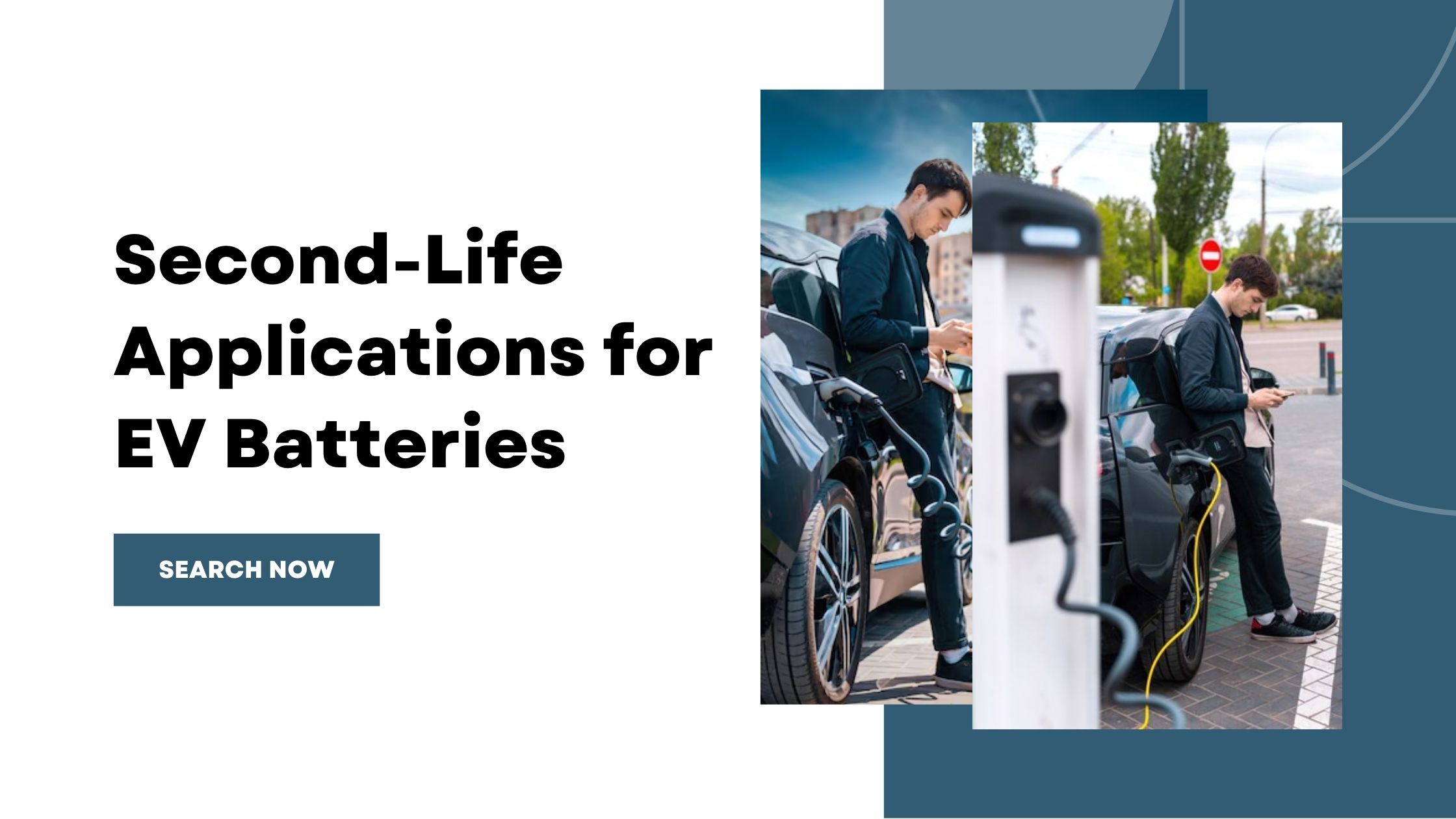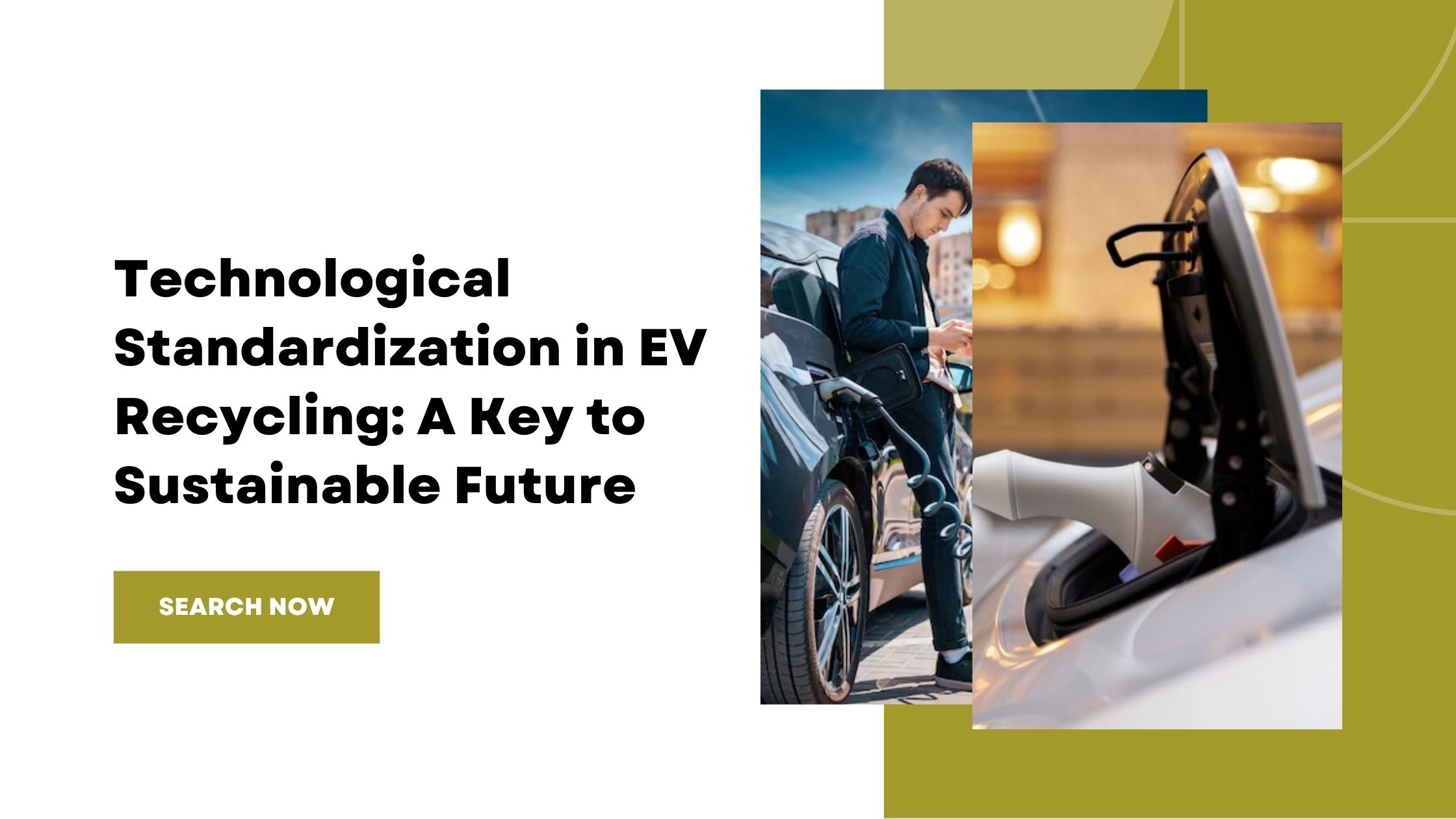Second-Life Applications for EV Batteries

Strong 8k brings an ultra-HD IPTV experience to your living room and your pocket.
As the electric vehicle (EV) market continues to expand, the challenge of managing the lifecycle of EV batteries becomes increasingly crucial. Electric vehicle battery recycling is not only a necessity for environmental sustainability but also presents a significant opportunity for innovation and economic growth. This article explores the potential of second-life applications for EV batteries, highlighting case studies, statistics, and insights from recent events in the industry.
Understanding Second-Life Applications
What Are Second-Life Applications?
Second-life applications refer to the repurposing of used EV batteries for new functions once they no longer meet the performance standards required for vehicle use. Despite their reduced capacity, these batteries can still retain about 70-80% of their original energy storage capabilities, making them suitable for various less-demanding applications.
Key Applications:
- Stationary Energy Storage: Used batteries can be deployed in energy storage systems to store excess energy from renewable sources like solar or wind power.
- Backup Power Solutions: They can serve as backup power sources in homes or businesses, providing energy during outages.
- Grid Services: Second-life batteries can help stabilize the grid by providing reserve energy capacity and deferring infrastructure investments.
Case Studies
Case Study 1: Nissan's Leaf-to-Home Project
Nissan has pioneered a project where used Leaf EV batteries are repurposed to provide backup power to homes during outages. This initiative not only extends the life of these batteries but also supports renewable energy integration by allowing homeowners to store solar energy for later use.
Case Study 2: BMW's Battery Storage Systems
BMW has developed second-life battery storage systems that utilize retired EV batteries for stationary storage applications. These systems help manage energy loads and provide cost-effective solutions for commercial energy users, demonstrating how EV battery recycling can contribute to a more sustainable energy ecosystem.
Statistics Highlighting the Importance of Recycling
- According to McKinsey, by 2030, the demand for second-life EV batteries could exceed 200 gigawatt-hours, indicating a significant market potential for repurposed batteries.
- Currently, only about 5% of lithium-ion EV batteries are recycled, despite the fact that up to 95% of their materials can be recovered .
- The lifespan of second-life batteries can vary widely; studies show they can last from 6 to 30 years depending on their application.
The Role of Events in Advancing Battery Recycling
On February 5, 2025, industry leaders gathered at the 2nd Annual Electric Vehicle Battery and Recycling Forum, focusing on innovations in EV battery recycling and second-life applications. This event showcased advancements in technology and strategies aimed at enhancing battery lifecycle management.
Key Takeaways from the Forum
- Innovative Technologies: Presentations highlighted emerging technologies that facilitate efficient recycling processes and improve battery assessment methods.
- Collaborative Efforts: Industry stakeholders emphasized the importance of collaboration between manufacturers, recyclers, and policymakers to create a robust recycling ecosystem.
- Regulatory Frameworks: Discussions included the need for standardized regulations that support sustainable practices in battery disposal and recycling.
FAQs About EV Battery Recycling and Second-Life Applications
Q1. Why is EV battery recycling important?
Recycling EV batteries minimizes environmental impact by reducing waste and conserving valuable materials like lithium, cobalt, and nickel. It also helps prevent harmful chemicals from entering landfills.
Q2. What is the lifespan of an EV battery before replacement?
Typically, an EV battery lasts between six to eight years before its capacity falls below 80%, at which point it may be considered for recycling or repurposing.
Q3. What happens to a battery at the end of its second life?
Once a second-life battery reaches the end of its useful life, it should be recycled to recover valuable materials and minimize environmental impact.
Conclusion
The future of electric vehicles is not just about driving cleaner; it's also about creating sustainable solutions for battery management. Electric vehicle battery recycling and second-life applications represent a pivotal shift towards a circular economy in the automotive industry. By repurposing used batteries, we can extend their life cycle while contributing positively to energy sustainability and resource conservation. As innovations continue to emerge from industry forums and collaborative efforts, the potential for second-life applications will only grow stronger, paving the way for a greener future.
Note: IndiBlogHub features both user-submitted and editorial content. We do not verify third-party contributions. Read our Disclaimer and Privacy Policyfor details.







